The Dyane; It Grows On You
Images: Sanket Patel
From dislike, to indifference, to appreciation, to love. That’s my story with the Dyane. And like all love, the slow filter-coffee-style evolution goes much deeper than love at first sight.
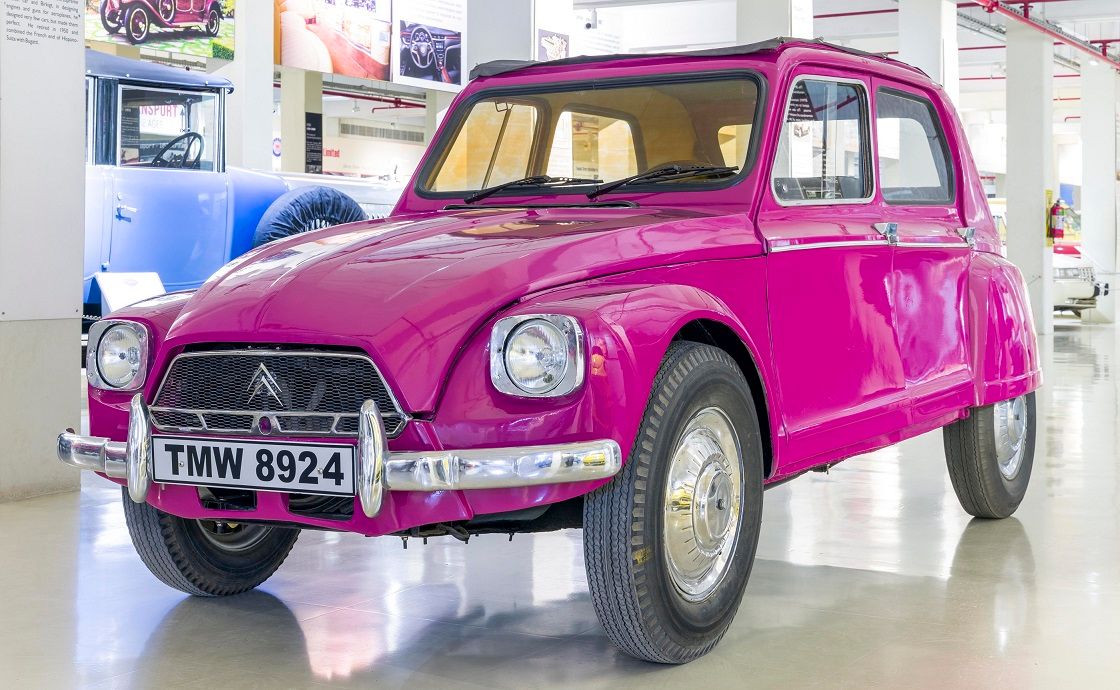
Why did I, at first, impulsively decide to dislike the Dyane? To my untrained eye, the Dyane paled in comparison with her more celebrated sister, the 2CV. In particular, I did not like the faired-in headlights. That was sacrilege, I thought; cars with free standing dome headlights are superior in style to me. It was bad enough that Citroën later used rectangular lights for the 2CV; but faired-in modern headlamps? Non!! That was not done. The border between classic and non-classic had been crossed.
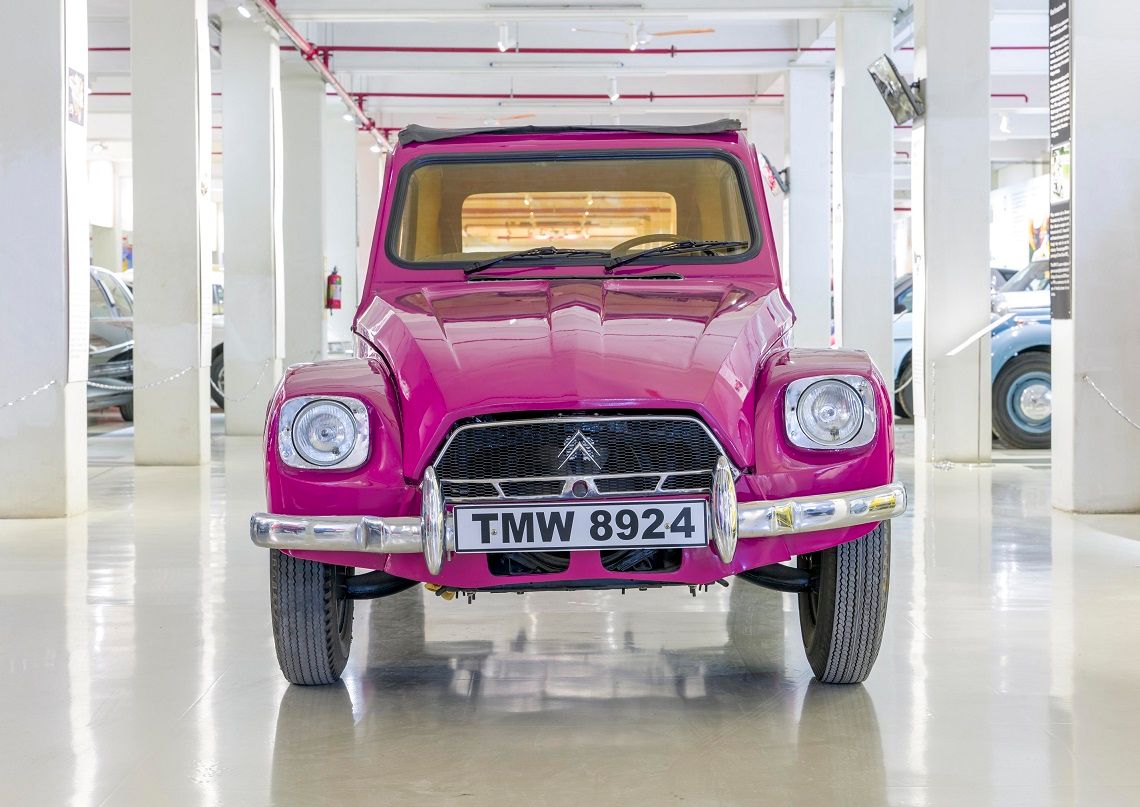
Superficially, the Dyane may seem not much more than a styling exercise on the 2CV. Beneath their skin, only an expert can distinguish the Dyane’s underpinnings from that of a 2CV. The mechanicals are identical: both use that delightful 2-cylinder boxer-style air-cooled engine, with engine size and consequent power increases mirroring each other’s evolution over the years. The suspensions are identical, as also the braking, the steering, the electricals and the fuel systems. The wheelbases are the same at 2400 mm, but the Dyane is marginally longer.
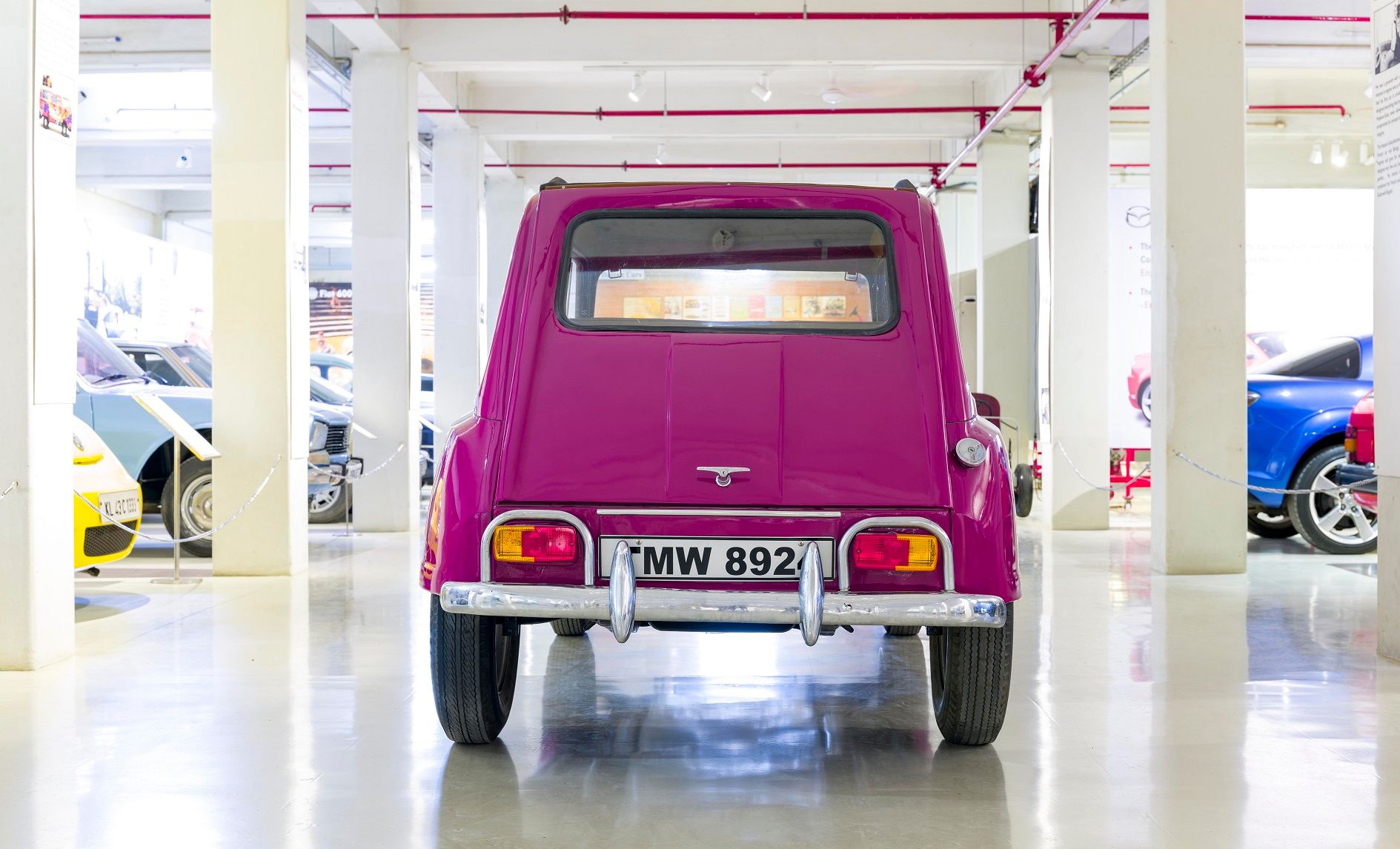
However, manufactured in parallel with the 2CV, the Dyane was not some one-off, quirky curiosity. While the 2CV had an exceptional production run of 3.8 million cars manufactured over 42 years, from 1948 to 1990, 1.45 million Dyanes—not counting the 2,50,000 van Acadianes, the van versions—were built and sold from 1967 to 1983. Cars are not manufactured for 16 years at a stretch unless they meet some sustainable consumer need.
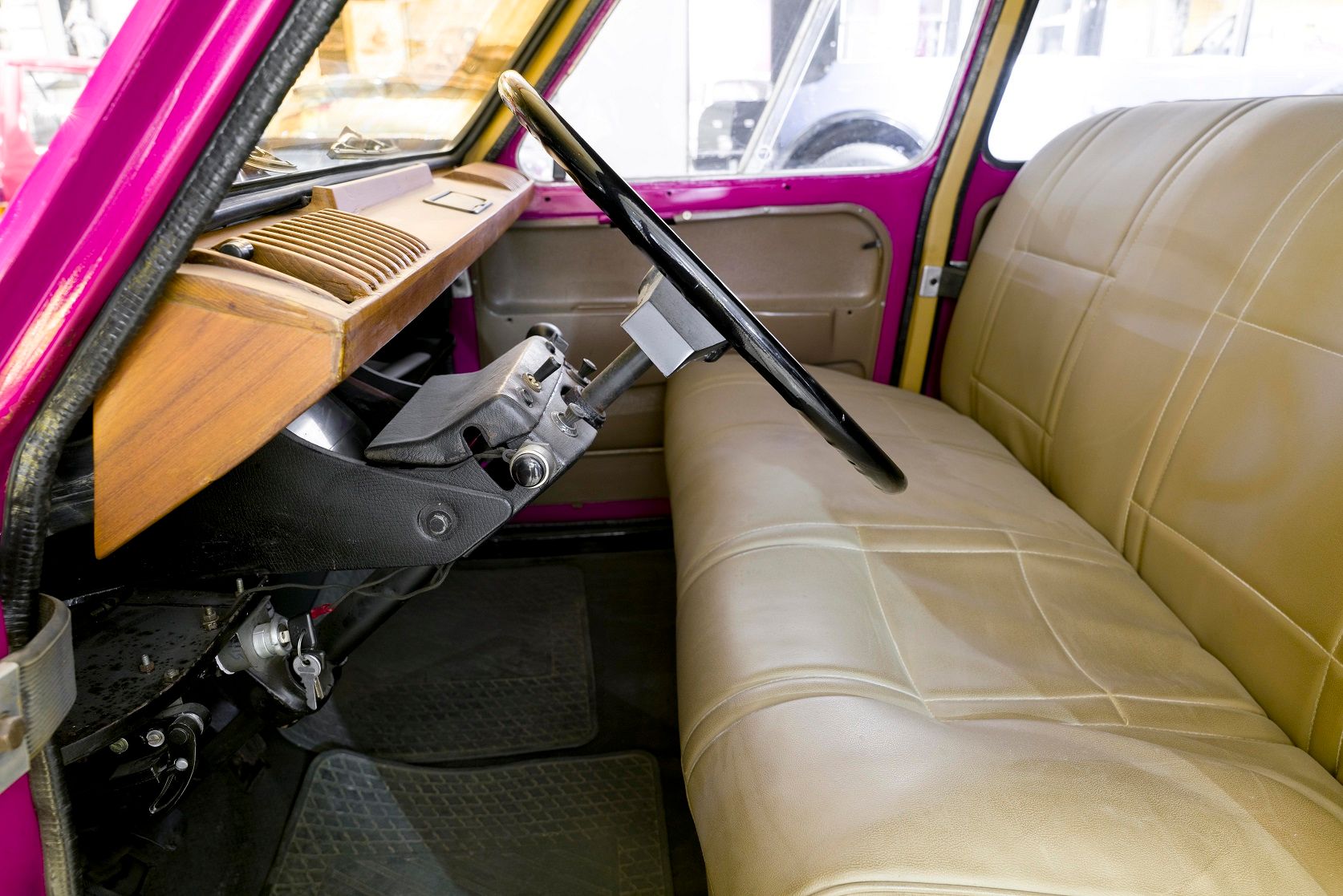
Why did Citroën launch the Dyane when the 2CV was a bestseller? Thoughts of expanding the Citroën range by fitting in something between the luxurious D Series and the utterly basic 2CV, bore fruit in the early sixties with the Ami’s introduction. Its development was hastened by competition from the Renault 4, launched four months later. However, there was another market niche; of those who wanted the versatility of the 2CVs without its basics, but did not fancy an Amy.
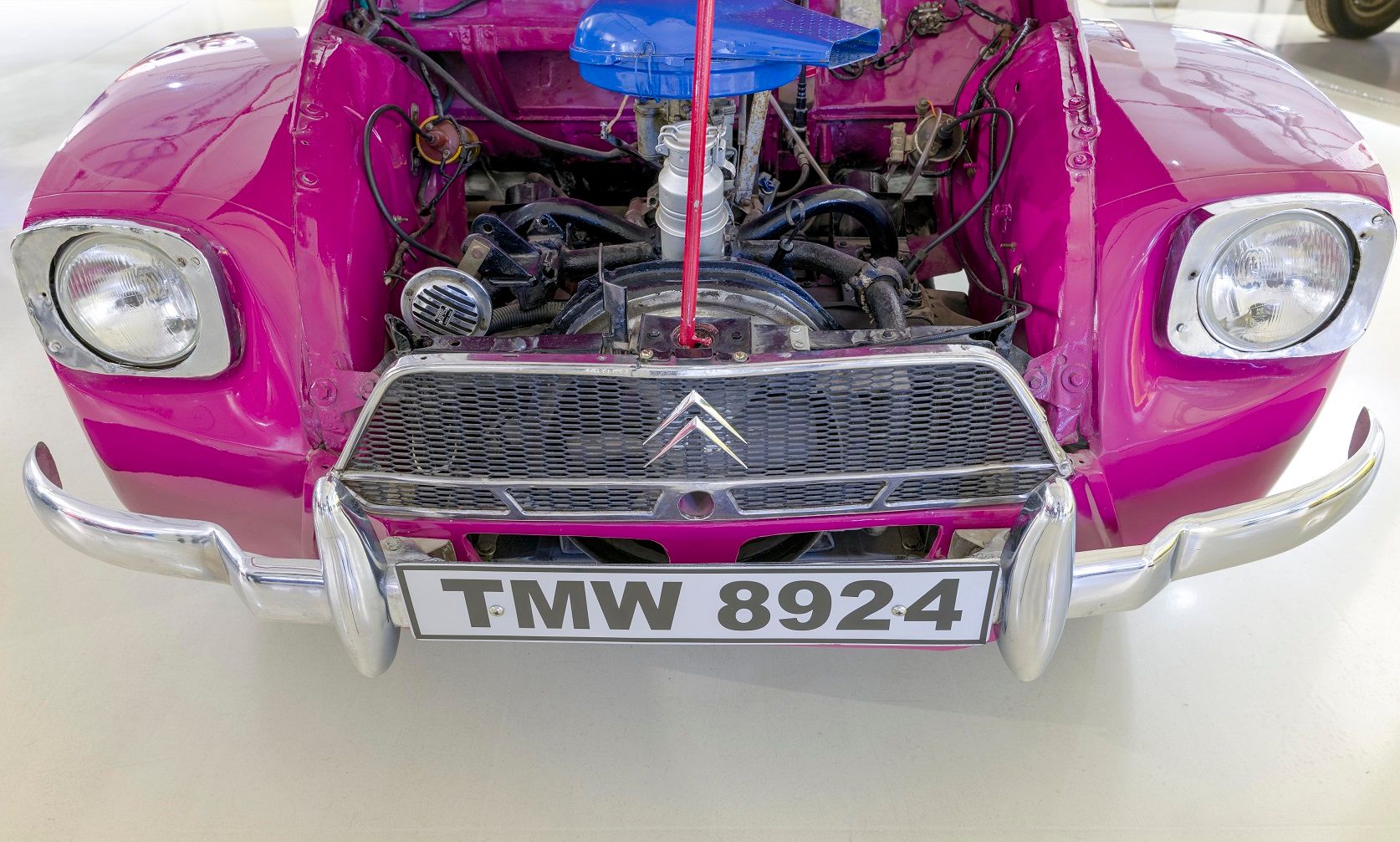
The Dyane fitted neatly in that slot without much incremental cost to the company, which would have made a lot of sense fifty years back. Citroën reckoned that they could beat the Renault competition with a two-pronged Dyane-Ami attack, whilst responding to the market need for a more luxurious CV. Citroën’s strategy was successful: not only did the Dyane compete well with the Renault 4 but it also outsold the 2CV in 1968 and 1969; selling 98,769 and 95,434 units respectively, as compared to the 2CVs 57,473 and 72,044 units respectively.
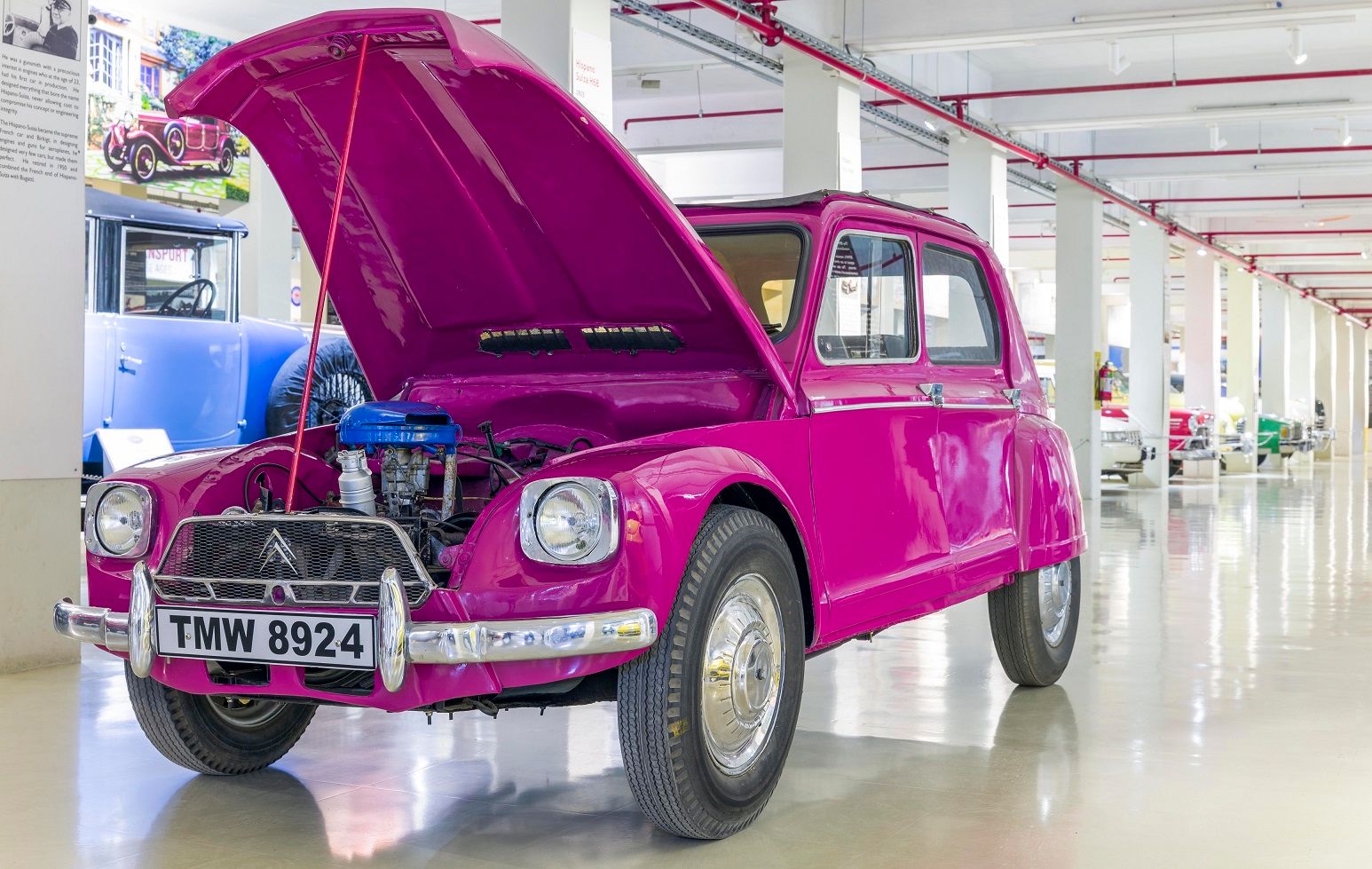
Both 2CVs and Dyanes are not easy to find in India, say, in comparison with British peoples’ cars such as Morris Minors. Citroën aficionados search long and hard for them, and cherish them when found. Sadly both Citroën rot away quickly. The thin metal used for the remarkably well designed and light chassis, sandwiched between two flat plates that provide both stiffness and make up the floor pan, also makes these cars prone to rust.
Our subject is one of those rare Indian Dyanes, painted an eye-catching shocking pink, which is in the ownership and possession of the GeDee Car Museum in Coimbatore. One is not surprised that they own one; the museum has a well-chosen and curated collection of landmark vehicles, each a milestone from an engineering perspective, or a cultural-historical one.
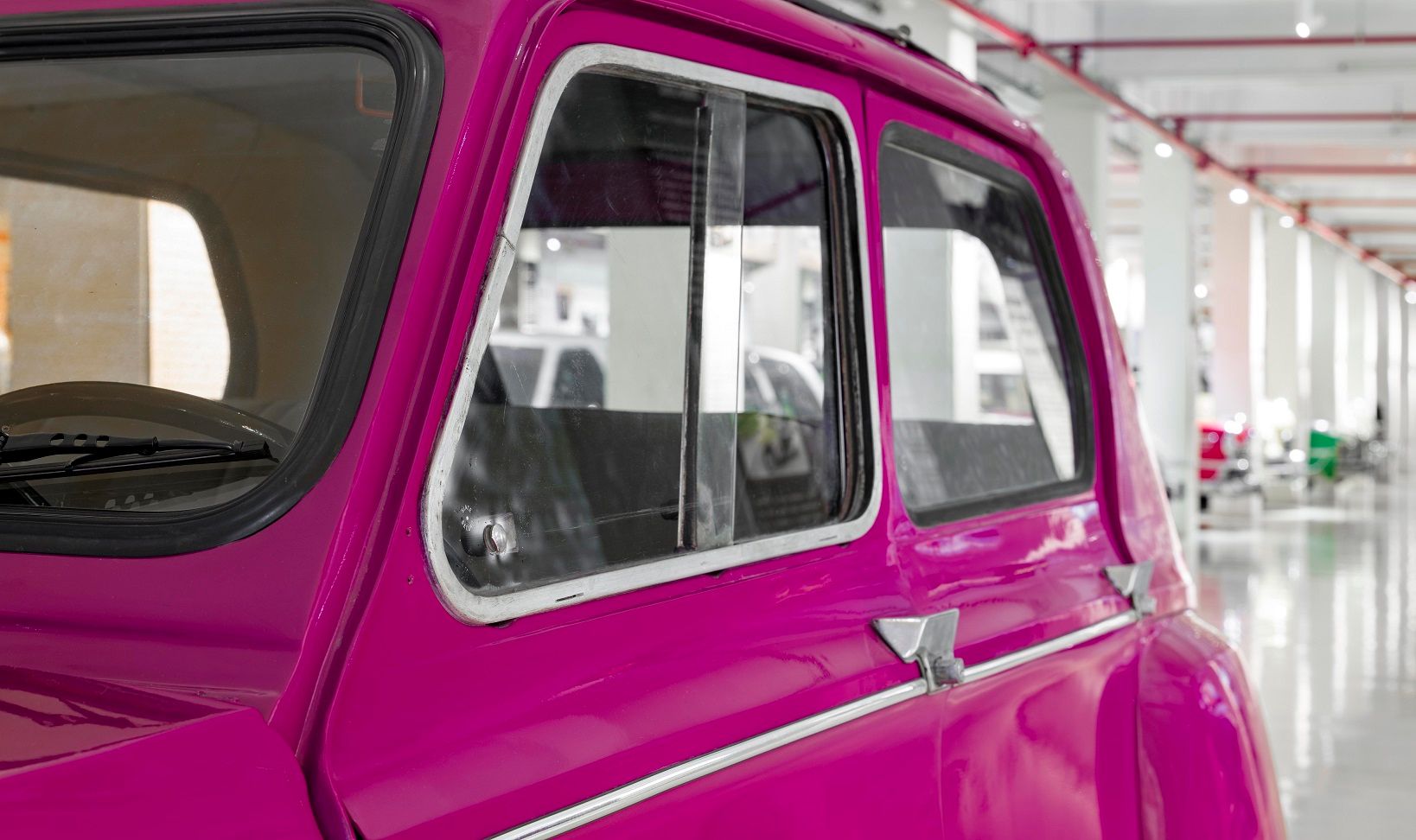
A look at the pink Dyane and one easily observes that the styling cues are from the late sixties and early seventies era. Not a single panel of the Dyane is used on the 2CV. The rotundness of the fifties and sixties must have begun to look dated by then. The Dyane responded with snazzier straight lines, apparent in the door profiles, the top of the rear fender and the roofline. The plain door sides of the 2CV were, well, plain. The Dyane doors were swaged to create more interest. Unlike those in the 2CV that folded upward, the Dyane’s window panes slid sideways, in the fashion of the Mini.
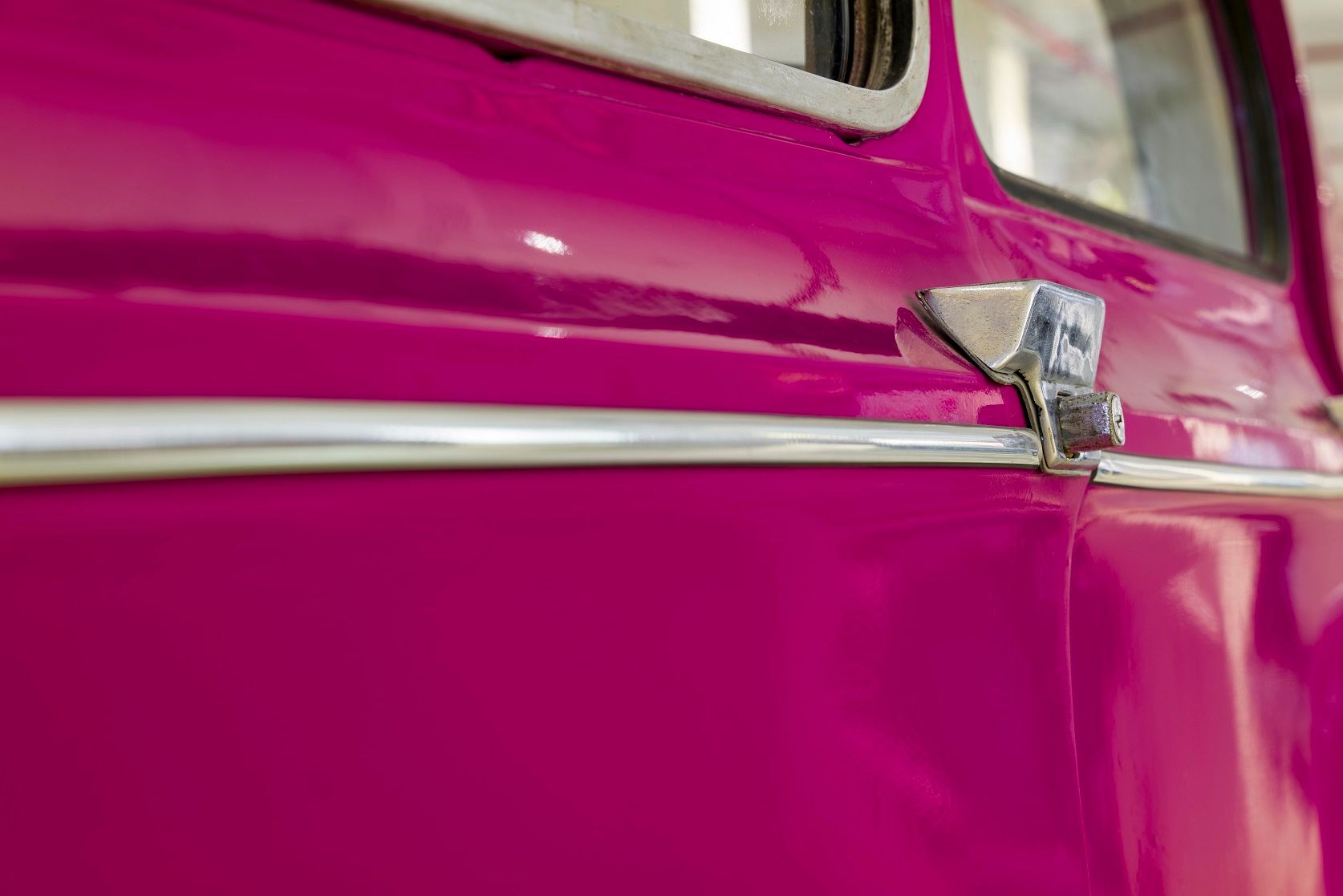
The 2CV’s cute upright headlamps were not aerodynamic, prompting a switch to the more modern faired-in headlamps in the Dyane, with rectangular stainless steel surrounds. While interior legroom did not change, what made a difference in the case of the Dyane was its more comfortable upholstered seating, in contrast to the hammocks on offer in the 2CV. Headroom was ample, and the rear quarter glass provided more light for the rear passengers.
Yet, there is no doubting that the Dyane comes from the same styling family as the 2CV. The snub-nosed bonnet, a little longer than that of the 2CV, the rollback canvas sunroof, the spats over the rear wheels, the flat boot lid, are all design cues that were shared between both classics.

The more I look at the Dyane now, the more I like it. It manages to retain a sense of uniqueness, a certain French-ness from the seventies, which appeals to those who wish to go beyond popular designs that may end up as clichés. The GeDee Museum’s pink beauty is indeed an eye-opener.
Comments
Sign in or become a deRivaz & Ives member to join the conversation.
Just enter your email below to get a log in link.
